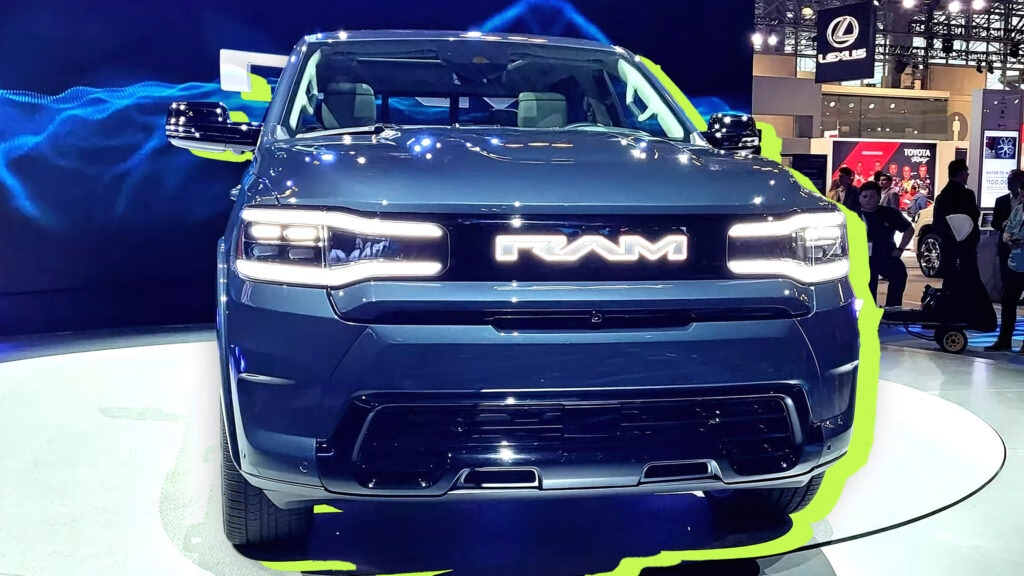Ram is making waves in the automotive world, particularly with its approach to electrification. While the iconic Hemi V8 engine is making a comeback for 2026, the brand is also pushing forward with its electric truck lineup, albeit with a few hiccups along the way. Let’s dive into what’s happening with Ram’s electric future and why it matters.
What’s Going On with Ram’s Electric Trucks?
If you’ve been following Ram’s electric truck journey, you might feel a bit like Charlie Brown waiting for Lucy to let him kick the football—just when it seems like they’re ready to launch, delays pop up. The Ram 1500 REV was first unveiled at the 2023 New York Auto Show, with high hopes for a 2024 launch. Fast forward to late 2024, and we learned that both the REV and the Ramcharger, another anticipated model, would be delayed. The REV is now expected to hit dealerships in 2027, while the Ramcharger might arrive as early as next year.
Why the Delays?
Ram’s CEO, Tim Kuniskis, has been candid about the reasoning behind these delays. The initial excitement for electric pickups has seen a dip in demand, prompting Ram to rethink its strategy. Instead of rushing to market, they’re taking a step back to ensure that their offerings meet consumer needs and expectations. This is a smart move, especially given the current landscape of electric vehicle (EV) adoption, which has been slower than many anticipated.
What Makes the Ramcharger Stand Out?
The Ramcharger is shaping up to be a game changer. Unlike traditional electric trucks, it will feature a 3.6-liter V6 engine that acts as a generator, providing a range of up to 690 miles. This hybrid approach could address some of the common concerns associated with electric trucks, such as range anxiety and towing capacity. With a towing capability of up to 14,000 lbs and a payload capacity of 2,625 lbs, the Ramcharger is designed to be a “real” truck that can handle tough jobs while still offering the benefits of electrification.
How Does Ram Compare to Competitors?
While Ram has been cautious, competitors like Ford and General Motors have already launched their electric trucks, with mixed results. For instance, Ford’s F-150 Lightning sold over 7,000 units in the first quarter of the year, while GM’s electric offerings combined for just over 7,000 sales as well. In contrast, Ram’s strategy allows them to learn from the market before fully committing to their electric lineup. This “luxury of timing” could give them an edge, especially if they can deliver a product that truly resonates with consumers.
What’s Next for Ram?
Looking ahead, Ram is committed to electrification, even with the return of the Hemi engine. The brand recognizes the importance of having a diverse lineup that meets various consumer needs, from traditional gas engines to innovative electric solutions. As Kuniskis noted, the Ramcharger is expected to set a new standard that competitors will want to follow.
The big takeaway? Ram’s journey into electrification isn’t just about jumping on the EV bandwagon; it’s about making smarter adjustments based on market realities. With the Ramcharger on the horizon, it’s clear that Ram is focused on delivering a product that combines the best of both worlds—traditional truck capabilities with modern electric efficiency. Keep an eye on this space; the future of Ram is shaping up to be quite exciting.

